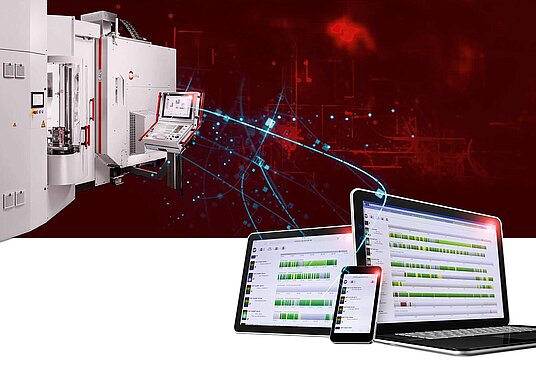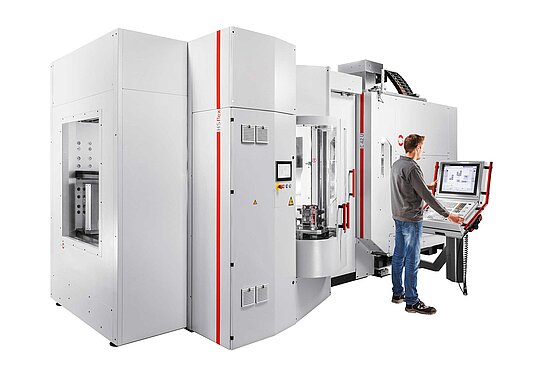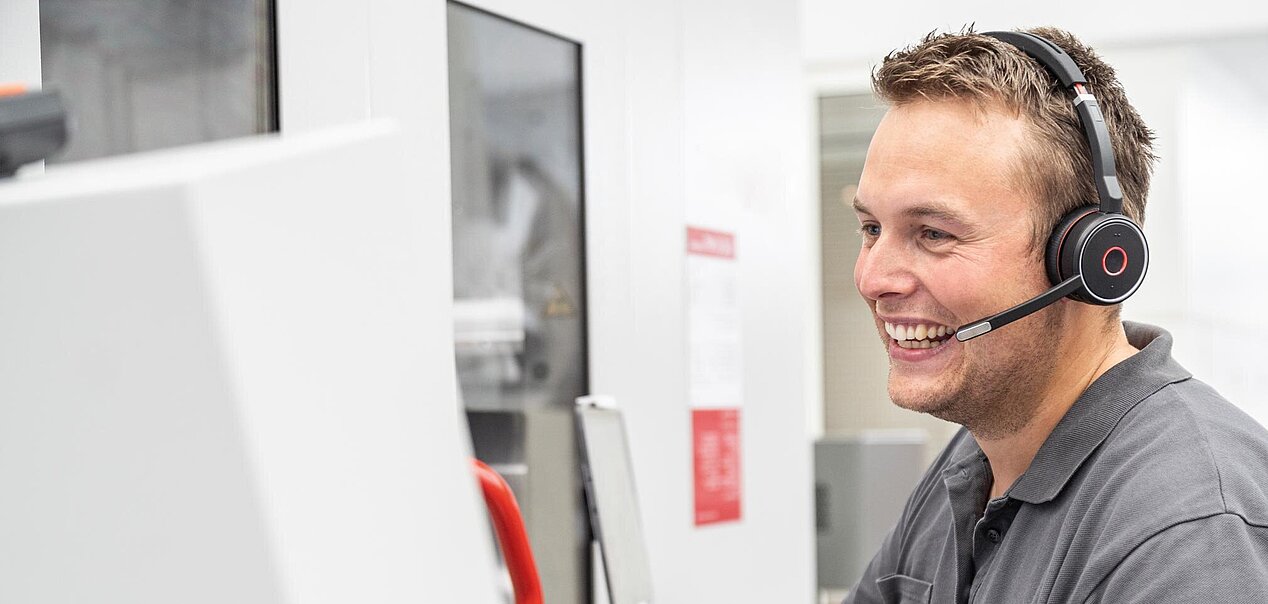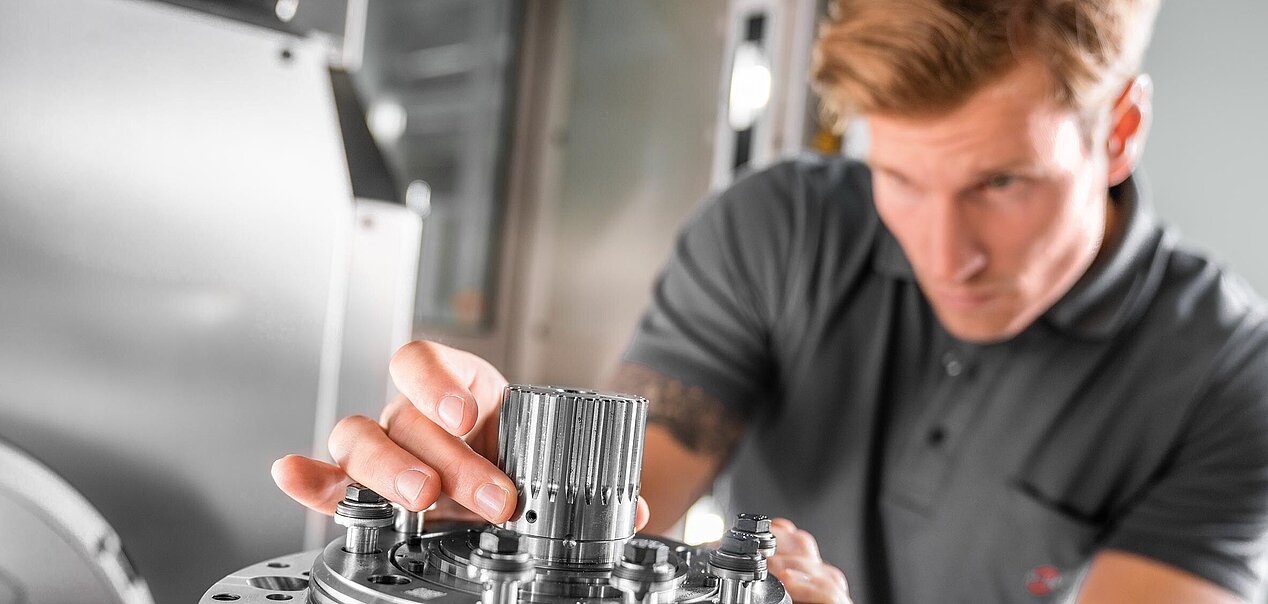Additive manufacturing in toolmaking and mould making
-
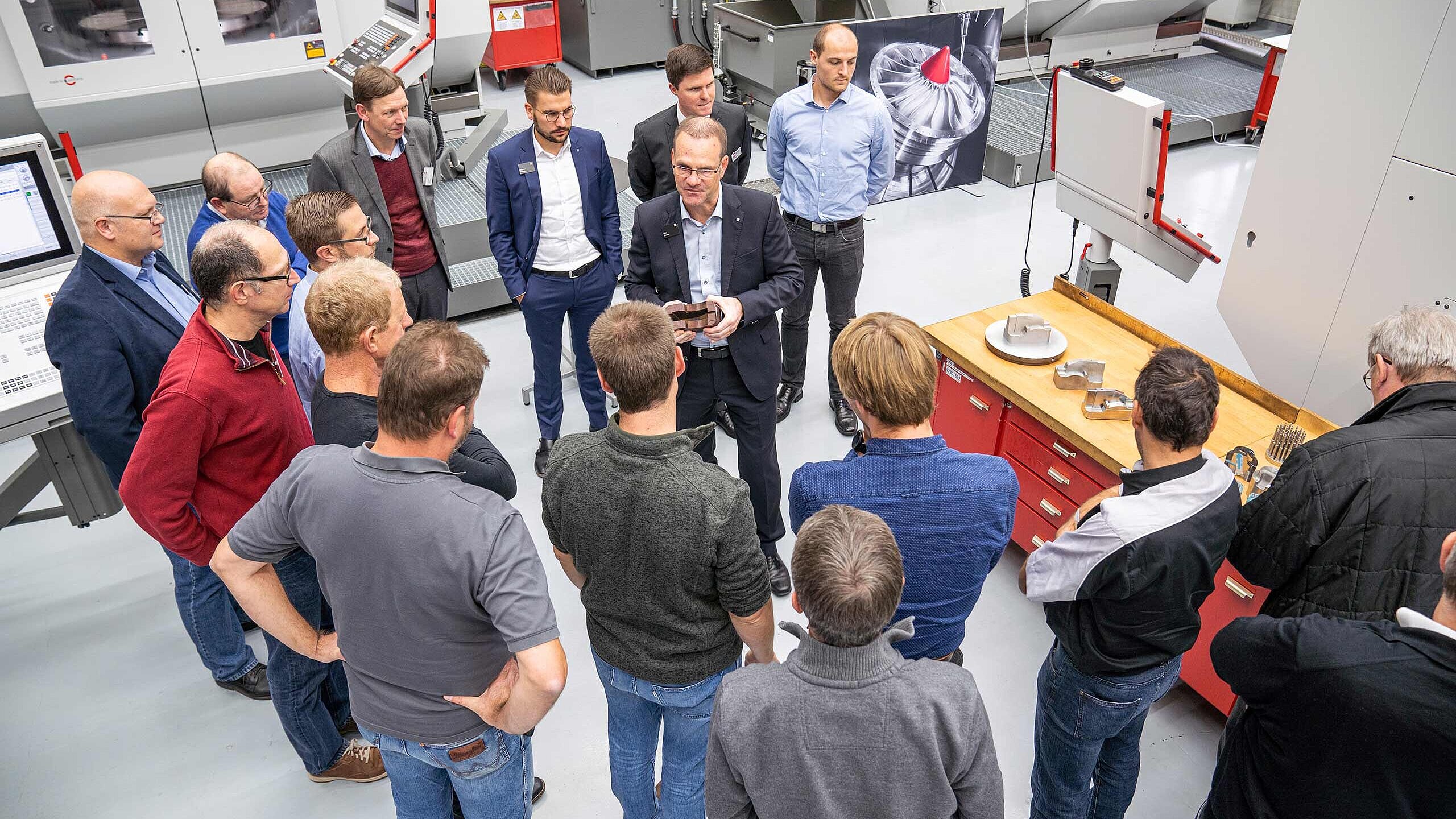
The additive manufacturing workshop on the Hermle premises in Gosheim -
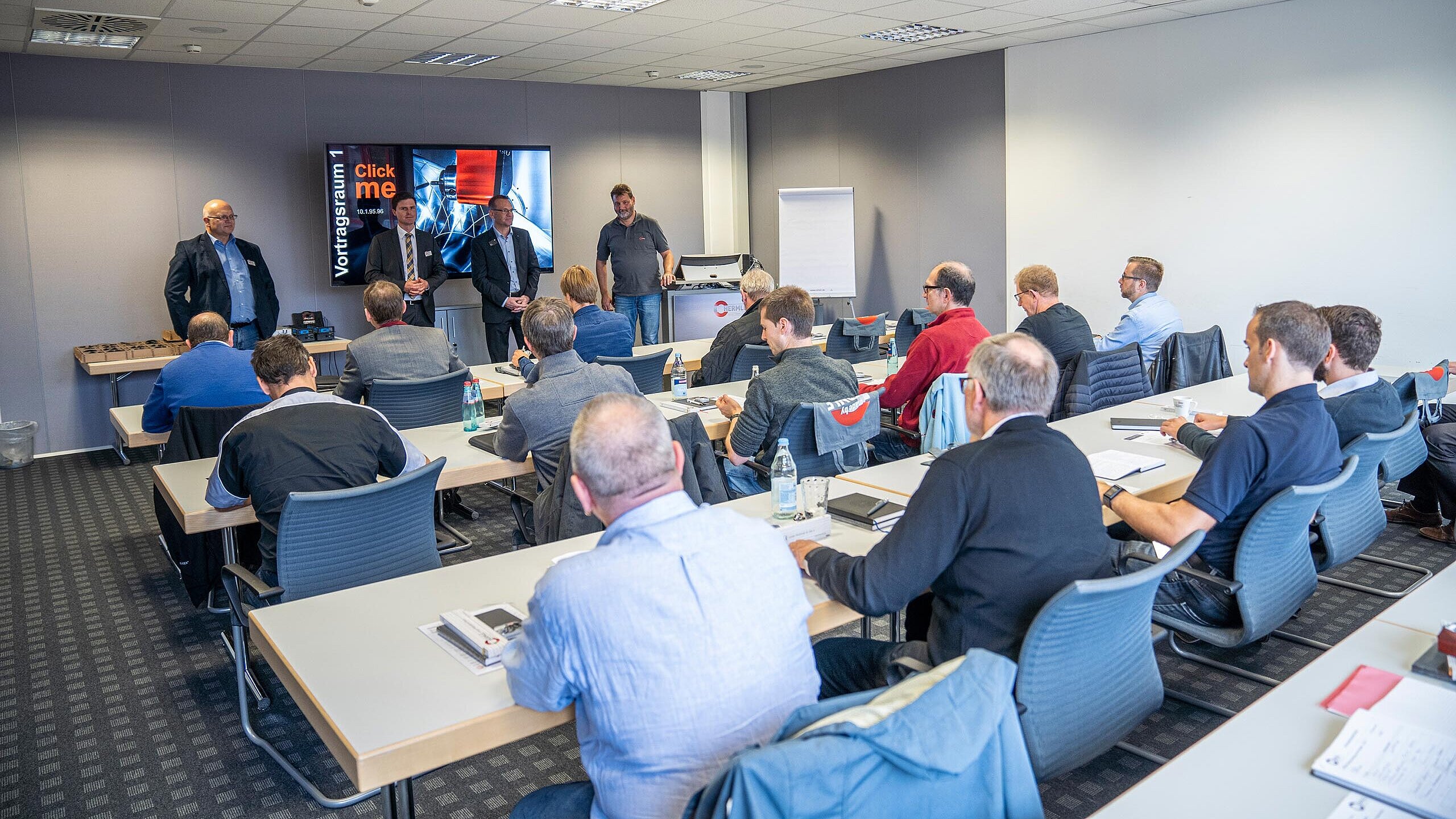
The additive manufacturing workshop on the Hermle premises in Gosheim -
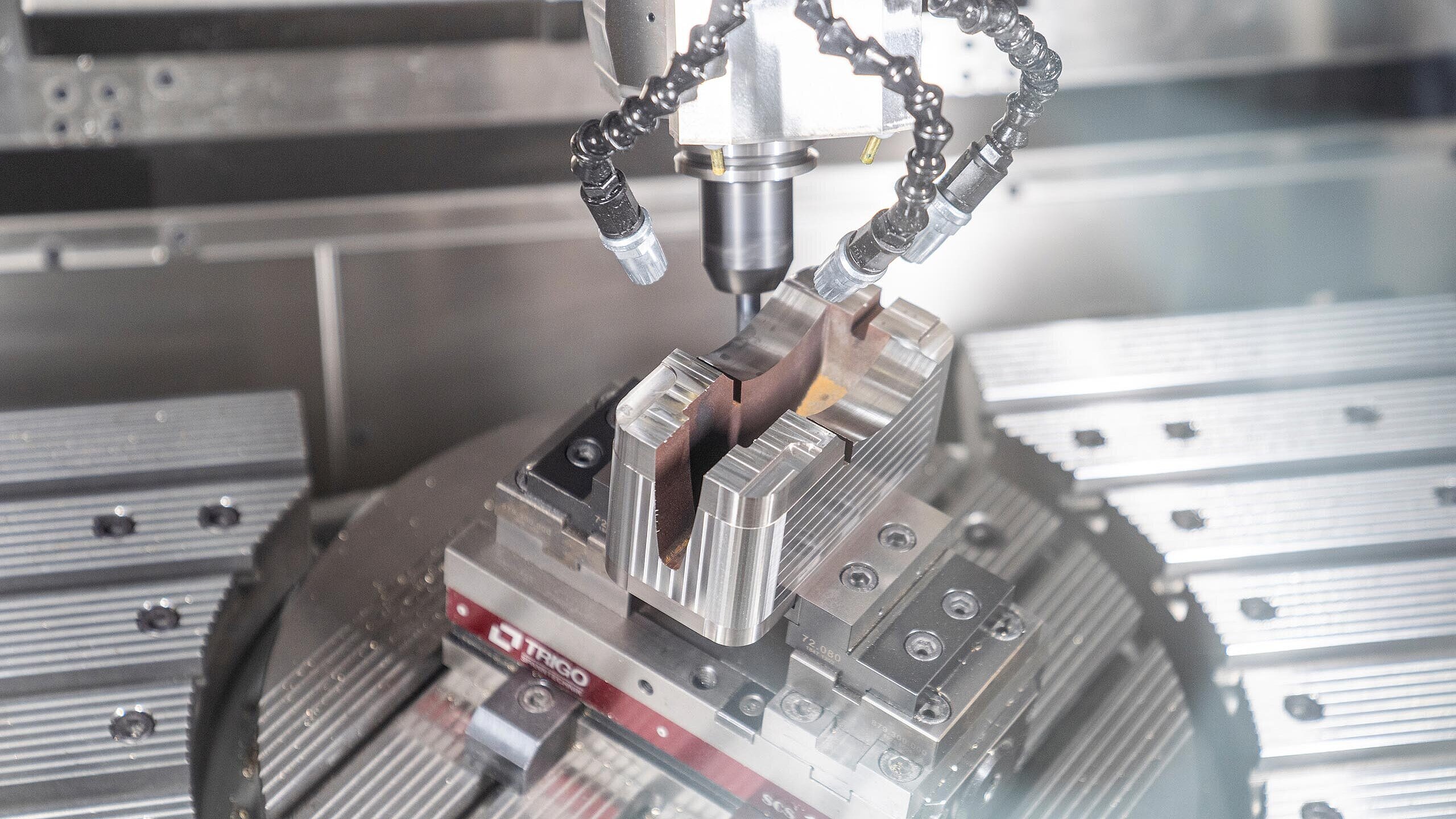
The picture shows the manufactured mould insert as demonstration model with interior cooling ducts -
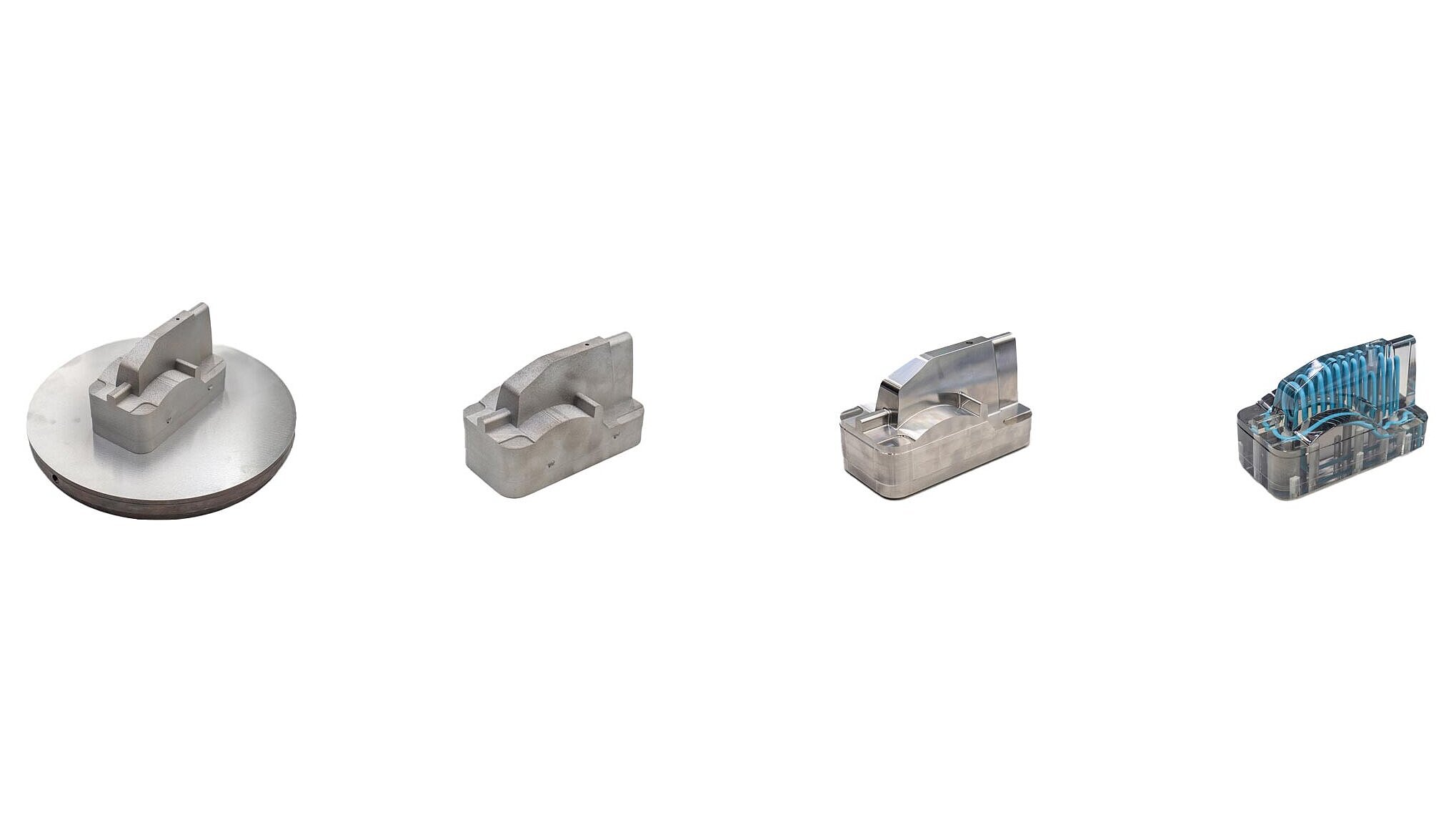
The picture shows the manufactured mould insert as demonstration model with interior cooling ducts
In a joint workshop, Hermle and Trumpf gave a demonstration of how to plan, make and deploy additively manufactured components in toolmaking and mould making
Additive processes are becoming a technological complement to conventional manufacturing processes. In a practical workshop on the Hermle AG premises in Gosheim, Hermle and Trumpf present their additive processes, clearly demonstrating the benefits, but also the limitations. The topics were divided into a theory block and a practical block, whereby the practical emphasis was laid on finishing a printed component on a Hermle machining centre.
In the first talk, TRUMPF Additive Manufacturing's Sector Manager for toolmaking and mould making, Marc Dimter, explained the LMF technique (Laser Metal Fusion) and its potential. For example, with this technique it is possible to manufacture close-to-contour cooling ducts that optimize tool temperature control. Here, emphasis was also laid on operating additively manufactured tools.
In the demonstration of Hermle's MPA process (Metal Powder Application), Werner Gebhart was able to show how it differs from the LMF technique and he underlined the advantages and areas of application with practical examples.
Each technique has its own raison d'être and there are very varied task execution approaches. In the LMF process, the component is built up in a powder bed using a laser. The finished component is then detached from the substrate plate, and the final processing to achieve the required tolerances and surface properties is then done on a Hermle machining centre. With the MPA technique, the component is built up in the working area of the machining centre by means of MPA technology, and then also milled there (you will find details of the techniques on the respective manufacturer websites).
In the second topic block in the afternoon, Marc Dimter explained the additive optimization of a mould insert – from the initial state, to the constructional optimization, to the simulation results and then to the data preparation.
Subsequently, Hermle application technician Eric Faude presented the referencing and calibration of the component and the necessary clamping options prior to the additively manufactured mould insert being machined live in a Hermle C 42 U dynamic machining centre.
The toolmakers and mould makers looking on were impressed by the two techniques, and during the ensuing discussion they bombarded the presenters with questions, many of them very specific. They concerned not only the techniques themselves, but how additive manufacturing could be used and applied in their own firms.
Contact details for journalists/editors:
Maschinenfabrik Berthold HERMLE AG / Marketing Department / Email: marketing@hermle.de / Phone +49 (0)7426 95-0
78559Gosheim
